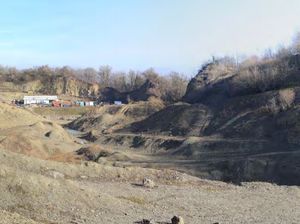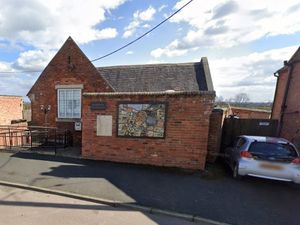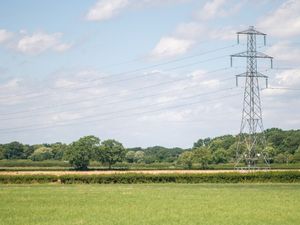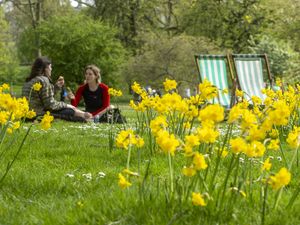Quarry plan - which would have involved 12 years of work and lorry movements - is refused
Plans to fill a Shropshire quarry, which would have seen 100 lorry journeys a day to and from the site, have been refused by councillors.

Shropshire councillors vote against the council’s planning officer’s recommendation for approval for the Farley Quarry site in Much Wenlock.
Proposals were for waste materials from construction, demolition and excavations to be brought on to the site to be recycled for 12 years.
Councillors at the southern planning committee were told on Tuesday that there was an anticipated 70 per cent recycling rate with the residue left to infill the quarry. A similar application for the site was also refused last year.
Shropshire planning officers recommended the plans for approval stating that the scheme would lead to ecological enhancements and reconnect public walking routes.
“In conclusion the proposals represent an improvement on the previously refused scheme and are now considered sustainable and compliant overall with the development plan,” said the planning officer.
Councillors were told that there had been 36 representations objecting with 28 coming within the last week, although the application was submitted over a year ago.
Stephen Holford, a landscape architect, spoke against the plans and said his family live at a neighbouring farm 60 metres away from the quarry.
He said that they run a holiday let from the farm which is a major contributing factor in being able to ‘meet the large financial outgoings associated with a small holding’.
“We market the holiday let based on the quiet rural setting of the farm within the area of Area of Outstanding Natural Beauty (AONB),” said Mr Holford.
“The noise of the works associated with the proposed development, six days a week will destroy our family business.
“Retaining the family home will no longer be a viable option without this income.
“The proposed development would increase levels of noise, increase inappropriate development and affect the quality of the area significantly.
“I would professionally access the proposal as having a substantial adverse effect demonstrating significant adverse effects on landscape character.
Much Wenlock town councillor William Benbow spoke about his objection stating that the ‘recycling plant’ would be contrary to their Neighbourhood Plan.
Councillor Benbow claimed that the recycling operation was not needed to facilitate the filling of the quarry.
He argued that instead the site could be filled with waste from any location reducing traffic to the site by 70 per cent and would reduce objections around dust, noise and visual impact.
Speaking on behalf of the applicant, agent Chris Ballam, said that if approved the site would be operated by Cartwrights Waste Disposal in Telford.
He said that the development would provide a ‘much needed’ treatment facility for materials and the restoration scheme guaranteed a ‘significant’ biodiversity enhancement’ for the presently unrestored quarry which was ‘largely’ bare ground and ‘considered a blight on the AOMB’.
He said that vegetation on the site over the last 30 to 40 years, since the quarry was last worked, ‘had not development much’ due to the ‘unstable surfaces and erosion’.
“The waste materials that will come here are already on your local roads,” said Mr Ballam.
“It’s not new waste generated by the applicant. They are already going to various facilities and disposal sites.
“One of the problems is that there aren’t many in the locality so a local solution is much better.”
David Evans, planning committee chairman raised his concerns about the development. He said: “We’re not permitted to say that you can only bring in end of life material to go in the quarry hole and nothing else.
“The proximity to the Medieval market town of Much Wenlock, it’s within an Area of Outstanding National Beauty which I think pre-supposes any form of large-scale process.
“This is so close to Much Wenlock that I feel the Much Wenlock Neighbourhood Plan must take important precedence.”
The council’s planning officer said that an ‘integral part’ of the proposal was the recycling of material as well as the use of ‘end of life’ materials to fill the void.
He said that the council could not impose a condition which was ‘against the core principal’ of recycling.
Councillors voted to refuse the plans due to the quarry’s proximity to Much Wenlock, it not being in accordance with the Much Wenlock Neighbourhood Plan and the impact on the AONB.




